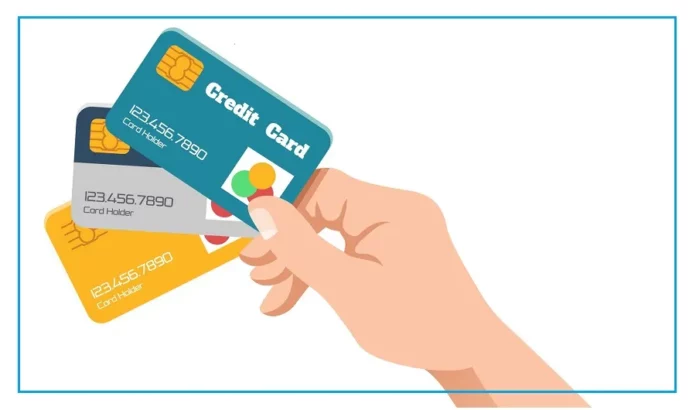Digital payments have become a part of daily life. Whether you’re buying groceries or shopping online, UPI and credit cards make payments quick and easy.
But sometimes, a payment might fail due to technical issues, wrong details, or bank server problems.
In some cases, money gets deducted, which can be worrying.
Common Reasons Behind UPI Failures
UPI transactions can fail for several reasons.
The most common issues include:
Poor internet or network problems
Bank server downtime
Using an outdated UPI app
Wrong account details
Exceeding the daily transaction limit
Sometimes, tapping the payment button repeatedly can also cause the transaction to be blocked.
Why Credit Card Payments Get Stuck
Credit card transactions can also fail.
Some common reasons are:
Low or insufficient credit limit
Incorrect card number or CVV
Expired card
Bank’s security or fraud alert
OTP not received or failing to verify
Banks often block suspicious transactions to protect the user.
What to Do If Your UPI Payment Fails
If your UPI payment doesn’t go through, follow these steps:
Check the status on your UPI app and bank account.
If the money is deducted, it usually reverses within 24–48 hours automatically.
Note the transaction ID and raise a complaint on the app or with your bank.
If the issue is not resolved in 3–5 days, escalate it to the bank’s grievance cell.
Steps to Follow If a Credit Card Transaction Fails
Here’s what you should do:
If money is deducted, contact the merchant first.
If no solution is provided, contact your bank and file a complaint.
You can request a chargeback if the issue continues.
Always save screenshots and payment receipts as proof.
How to Avoid Payment Failures in the Future
To reduce the chances of failed payments:
Use a stable internet connection
Keep your UPI and banking apps updated
Always double-check payment details
Avoid clicking multiple times
Never share your OTP or UPI PIN
If the bank does not resolve your issue within 30 days, you can escalate the matter to the Banking Ombudsman.
